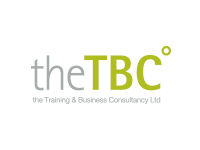Learning and development has become more business focused
Recent statistics have shown that many businesses are incorporating learning and development initiatives into business strategy. This is a step in the right direction, however, more still needs to be done by organisations if they wish to maintain a competitive edge. Work needs to be done to engage employees and increase productivity which is vital to the UK’s economic recovery.
The number of organisations measuring return on investment from L&D practices has increased from 26% to 48%. Over half say commercial awareness and business knowledge is critical to success in learning and development.
The increase in investment return for businesses shows the value of learning and development. Businesses that ensure the efficient use of their learning and development resources and evaluate their outcomes will see a good return from investment.
Whilst there is no one approach to learning that works for all businesses, it’s clear that businesses and their employees want to get more out of learning.
It has been found that e-learning may have reached its peak, as fewer predict growth of e-learning (2014: 23%, 2013: 29%, 2012: 24%, 2011: 30%). Respondents found e-learning to have a bigger gap between use and effectiveness than any other L&D practice.
On the job training and in-house development programmes remain the most commonly used L&D practices and are generally considered more effective than external events and formal education courses.
It is important to find out what works for your organisation and your staff. It’s pointless to spend money, paying for certain types of training if it isn’t going to increase productivity within your business.




